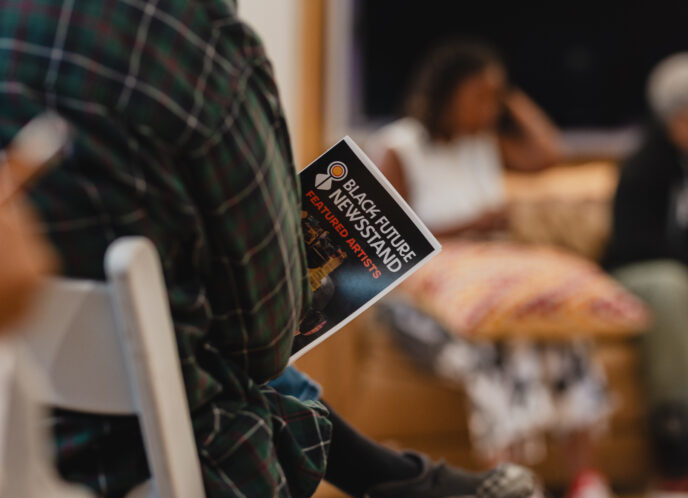For people from marginalized communities, earning media coverage goes hand in hand with confronting bias. As media becomes increasingly consolidated, news stories are becoming less and less complex. Journalists face increasing pressure to produce sensational stories with less depth and context than ever before. The result is that more stories rely on stereotypes, and have fewer sources and perspectives.
In order to convey frames and messages effectively, organizers must actively challenge dominant stereotypes in coverage of relevant issues. By interrupting bias, organizers can build credibility, gain access, and begin to reframe issues away from individual blame and toward institutional solutions for systemic problems.
Challenging bias begins in the media planning stage and can be implemented in several ways. Writing letters to the editor is one key method. Follow these easy steps to confront bias and demanding fair and accurate media content.
• Anticipate bias. When planning for media work, ask yourselves: What are the stereotypical assumptions that we’ll have to confront when delivering messages on this issue? What are questions reporters might ask that draw on widely held stereotypes about our constituency? Once you’ve brainstormed answers to these questions, you can create talking points that confront these stereotypes.
• Document it. When monitoring the media, keep a log of stereotyping language and images that could hurt your work. Does every story about youth of color mention gangs? Count the number of times the word “gang” or “gangbanger” is mentioned in the week’s news. Also document biased stories that fail to accurately represent your constituency, actual trends, facts, and diverse perspectives. Do stories about crime fail to mention falling crime rates? Are violence prevention advocates used as sources less often than prosecutors or police?
• Respond to it. Be reasonable. Approach responding to bias as you would settling an argument with a neighbor. Write a letter to the editor or producer using CMJ’s downloadable worksheet and sample letter. If your issue is already in the news, you can begin writing letters to the editor that confront bias and insert your frame even before your campaign launches.


